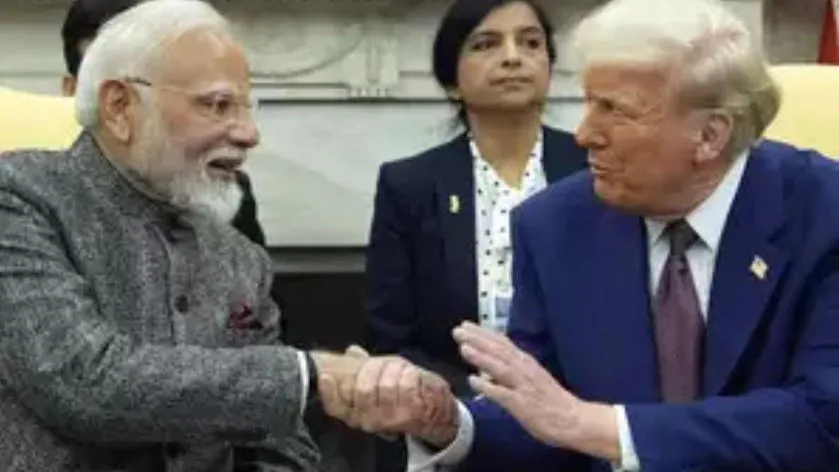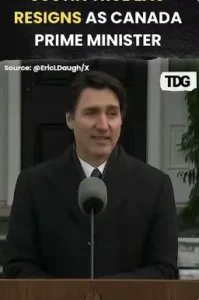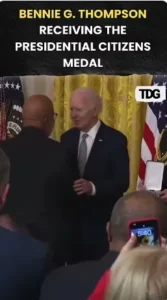April 2, 2025, will be a key moment for global trade, especially for India. US President Donald Trump has been looking forward to this day, despite efforts to reduce its impact. On this date, the US will introduce new tariffs on India, which could shake up international trade.
The US claims these tariffs will help boost local manufacturing and cut its trade deficit, but their effects will reach far beyond America. The big question for India is how to respond—should it give in to the pressure or use this challenge as a chance to grow stronger? India has always shown resilience in tough times, and this could be another opportunity to adapt and move forward.
How These Tariffs Will Affect India
Tariffs act as economic barriers, restricting the free movement of goods and impacting competitive pricing. India’s major export-driven industries, including IT, pharmaceuticals, and auto components, will be directly affected. The sudden imposition of these tariffs could reduce demand from the US, forcing Indian businesses to rethink their market strategies. Additionally, if the US dollar strengthens further, the Indian rupee could depreciate, making imports—especially oil and gas—more expensive.
Investor confidence could also take a hit. Foreign Institutional Investors (FIIs) often react quickly to global trade uncertainties, leading to market volatility. However, experienced investors understand that markets are driven by long-term fundamentals rather than short-term disruptions. As the saying goes, “Every cloud has a silver lining,” and the key to success lies in navigating the challenges rather than surrendering to them.
India’s Strategic Response
India must counter these tariff pressures with a combination of determination and well-planned strategies. One approach is to strengthen its rapidly growing domestic market, which has been a cornerstone of economic expansion. Since 2014, under Prime Minister Narendra Modi’s leadership, the “Atmanirbhar Bharat” (Self-Reliant India) initiative has focused on boosting domestic manufacturing and reducing dependence on external markets.
India must also send a strong message that it will not be intimidated by these tariffs. One option is to impose counter-tariffs on key US exports, such as agricultural products, which are a significant part of America’s trade with India. At the same time, diplomatic efforts will be crucial in negotiating with the US government and trade representatives. Engaging in discussions through global economic forums can also help ease tensions. Trade is a two-way street, and India’s vast consumer market remains an important factor for American businesses.
The Need for Trade Diversification
To reduce its dependence on the US market, India should accelerate economic diversification by exploring untapped opportunities in regions like the European Union (EU), the Association of Southeast Asian Nations (ASEAN), Africa, and the Middle East. Strengthening existing Free Trade Agreements (FTAs) and finalizing negotiations with the UK and EU can provide India with a stronger foundation for trade stability. Expanding these partnerships will not only reduce reliance on the US but also reinforce India’s position as a global trade player.
China’s experience offers valuable lessons. When the US imposed trade restrictions on China, it responded by aggressively expanding its trade networks in Latin America, Africa, and Europe. The proverb “Don’t put all your eggs in one basket” applies here—India must broaden its trade relationships to avoid excessive dependence on any single economy.
Government’s Role in Addressing the Challenge
The Modi-led government has taken significant steps to strengthen India’s economic position through large-scale infrastructure projects, digital transformation, and pro-business reforms. While India remains committed to fair and open trade, its response to US tariffs must be firm and well-thought-out. Instead of making quick, reactive decisions, India should assert that trade relations must be based on mutual benefit and respect rather than unilateral demands.
History has shown that simply giving in to US demands—particularly under Trump’s administration—can be misinterpreted as a sign of weakness. India has so far responded to Trump’s tariff threats with restraint, but relying solely on patience is not always the best strategy. While several nations have pushed back against Trump’s trade policies, India must craft a response that is assertive yet balanced, ensuring its economic interests are protected without getting caught in unpredictable rhetoric.
Turning a Challenge into an Opportunity
Instead of seeing these US tariffs as obstacles, India should view them as an opportunity to strengthen its economic independence and global trade influence. By enhancing domestic industries, expanding trade partnerships, diversifying markets, and maintaining a strong diplomatic stance, India has the potential to turn this disruption into a moment of growth and resilience. The global trade landscape is constantly evolving, and India must seize this moment not with hesitation, but with a clear strategy, unwavering confidence, and the vision of “Atmanirbhar Bharat.”





















